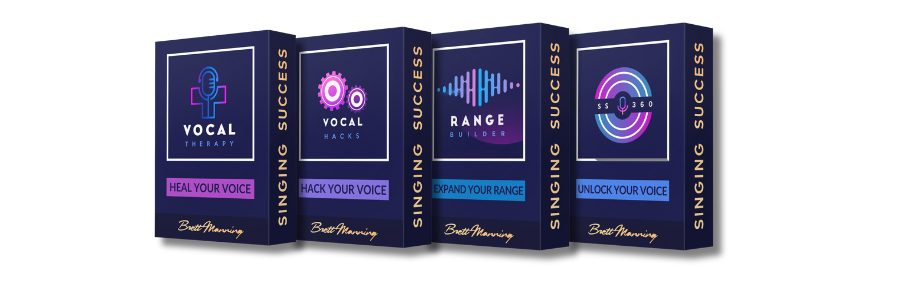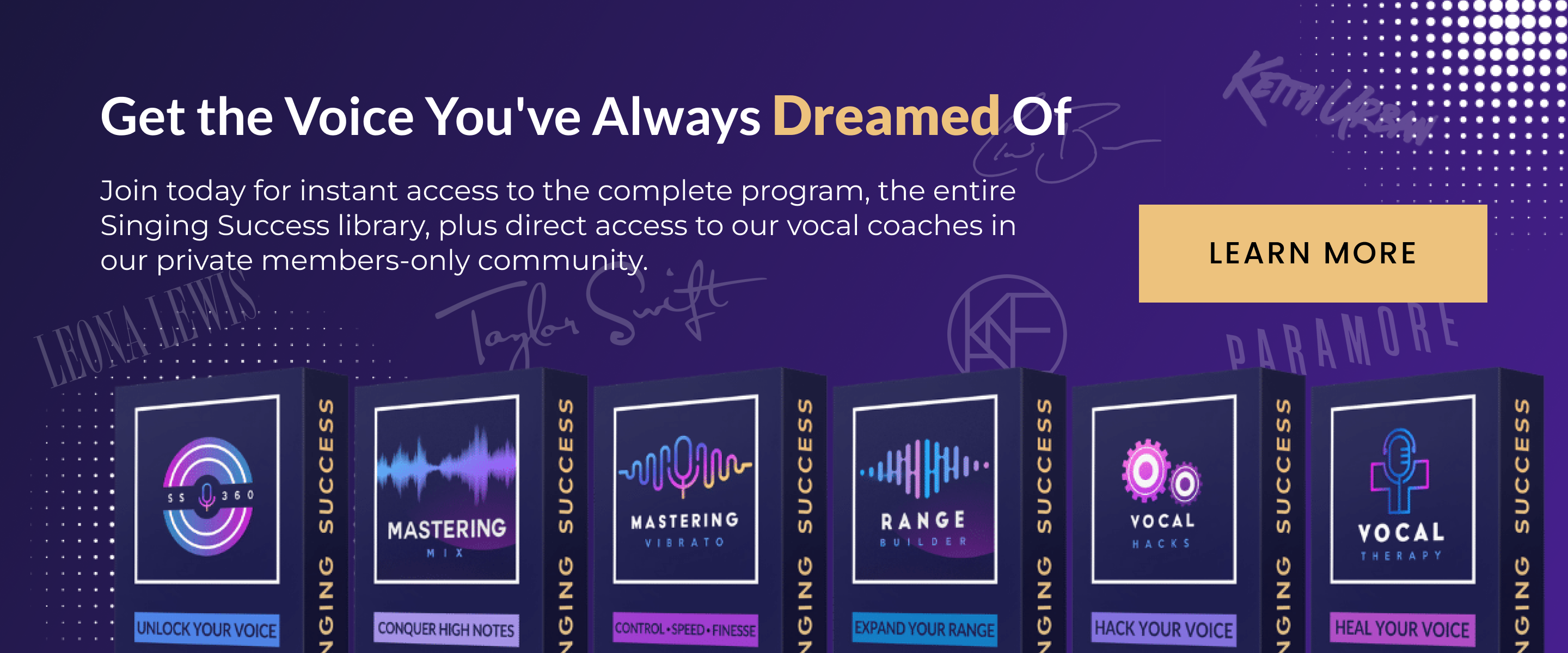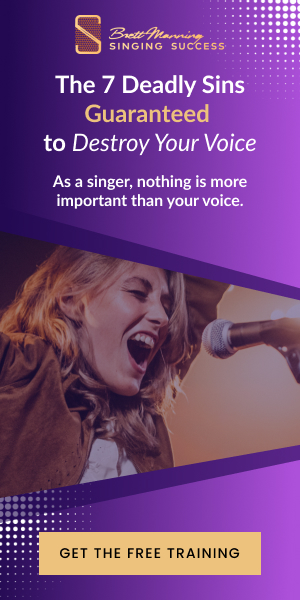Vocal layering has been a prominent technique in music production since the mid-20th century. From the iconic opening harmonies in Queen’s “Bohemian Rhapsody” to the atmospheric vocal pads in Billie Eilish’s “Ocean Eyes,” layered vocals are the defining quality of countless hit songs.
Utilizing multiple tracks of voices in your original music can elevate your songs from sounding amateur and lackluster to professional and captivating, no matter the genre.
If you’re overwhelmed at the thought of creating vocal layers for your own songs, don’t fret! You’ll soon learn that tasteful simplicity is often the mark of great vocal layers in popular music.
Vocal Layering Defined
Vocal layering is the process of recording multiple vocal parts and placing them together in a song. It is a standard part of music production, specifically vocal production. Layering vocals is also called vocal stacking, and layers of vocal recordings are sometimes called vocal stacks.
Older music tends to feature harmonies and other vocal layers from singers other than the artist, but in modern music, it’s more commonplace to hear an artist sing their own vocal stacks.
The amount of vocal tracks in a music recording can range from just a few, say five or less, to dozens. In other words, producers can be minimalists or maximalists with their vocal layering.
Word to the Wise – Don’t use too many vocal tracks.
Layering vocals is not always necessary. Improper use of backing vocals, harmony lines, and other layers can compromise a song’s impact. Look no further than Adele’s “All I Ask” for proof.
This massively-successful ballad features a single recording of Adele’s voice, a piano, and nothing more. You might be thinking, “Well… yeah. But only someone like her could pull that off.” Curiously, that line of thinking points to a useful perspective on vocal layering.
Corrective Vs. Creative Vocal Layering
An aspect of vocal layering that often goes overlooked is its corrective benefit. Vocal stacking creates an auditory effect called masking. Masking can be favorable as it can hide rhythm, pitch, and tonal issues.
Case Study in Hiding Strained Lead Vocals
A famous song that uses corrective vocal layering is “Thinkin’ Bout You” by Frank Ocean. Listen closely to the first chorus. There are no vocal layers in the first half, but vocal doubles of his lead vocal kick in when he pushes out the high note, G5, in the second half.
Switching to a layered vocal helps mask the strained quality in Frank Ocean’s voice on that note. Given that “Thinkin’ Bout You” skyrocketed him to the A-list, I’d say adding layers was a wise choice.
So the next time you hear pesky tonal discrepancies in your main vocal recording, consider recording some vocal layers to mask the imperfect parts instead of reaching for Melodyne or Auto-Tune.
Creative Vocal Layering
Music producers typically think of layering from the creative side. Well-crafted stacks can significantly elevate songs. Think of them as steroids for the emotions your song evokes.
Vocal layers can subtly enhance the mood of a song, like in “Yellow” by Coldplay. Listen to the chorus and see how many layers you can identify. Songs like “Yellow” use vocal layering to compliment the main vocal.
Conversely, vocal layers can also be the prominent feature of a song, like in “California Dreamin'” by The Mamas and Papas. This song employs vocal layering to produce a call-and-response effect.
Vocal layers are the backbone of countless hit songs. They’re often used to create an emotional lift to parts of a song, but these layers are also just plain ol’ ear candy.
Here are the 5 industry-standard vocal layers added to recordings:
1. Doubles
A double is a layer that duplicates a previously recorded part. For example, after recording your lead vocal, you could record the same part all over again on a separate audio track, thus creating a “double.”
This layer has an interesting thickening effect on music recordings. Doubles are the sound of two voices singing together in unison. Listen for vocal doubles in the pre-chorus of Alicia Keys’ “Un-thinkable.”
The science behind doubling is that no two takes of a vocal part are ever perfectly identical, so when two or more recordings of the same part are played together, it creates a cool audio effect.
Octave doubles are a common variation of this vocal layer. A producer may have a singer record a lower or higher version of the lead vocal. This is not considered a harmony because it is the same pitches as the lead vocal part. Though different from a standard same-octave double, octave doubles have a similar thickening effect.
Quick mixing and production tip: At a minimum, record two additional takes of your lead vocal. One to pan hard left and another to pan hard right. (Learn more about panning here.) Doing this will widen the stereo image of your vocals and make your songs sound more pro!
Fast-Track Your Success!!

VIP Membership includes:
- Exclusive Facebook Group
- Interact with our vocal coaches–ask them YOUR question
- Live warmups
- Masterclasses and Q&As with Brett Manning and his guests
- SS360 QuickStart Program
- SS360 – The FULL Systematic Vocal Course
- Vocal Hacks
- Range Builder
- Mastering Mix
- Mastering Harmony
- Mastering Vibrato
- Vocal Therapy
- Plus…exclusive content only found here all along the way!
You can struggle on your own, or you can get direct access to the Nashville Coaches who have launched some of the biggest names in the music industry.
2. Harmonies
A harmony is a layer that follows the melodic contour of the lead vocal, typically at a third or sixth above or below the pitches of the melody. Simply put, vocal harmony is singing the same words with the same timing as the main vocal part, but on different notes.
Harmonies are very frequently doubled. For example, many producers record a harmony part to pan to the left and then record the same harmony part all over again and pan that take to the right.
Many singers feel insecure about harmonies because they can’t automatically create them. But, there is no shame in taking your time to draft and practice your harmonies.
If using a piano to figure out harmonies works for you, then, by all means, do it! Use whatever tool works for you.

3. Vocal Pads
Vocal pads are layers of voices that are stacked to create long-sustained chords. Often sung with hums or single vowel sounds, these are the most unnoticed vocal layers in music. Have you ever noticed the vocal pads in the background of the pre-chorus of “Love on Top” by Beyoncé? Or the vocal pads on “Let’s Stay Together” by Al Green in the B-section of the verses?
This layer could be created by singing the same chords played by the piano or guitar in the accompaniment. Vocal pads can be very simple chords, like C major, or complex extended chords, like C major9. The only guiding rule is that pads are supposed to have a relatively long sustain and should be legato when moving from one chord to another.

4. Call & Response
Call-and-response is when background vocals respond to the “call” of the lead singer. This layer is a feature of many traditional gospel songs, such as “Oh Happy Day.” Call-and-response is a great tool for emphasizing certain words in a song.
For a more modern example, check out the first verse in Bruno Mars’ “24k Magic” where Bruno sings, “Pop, pop, it’s showtime,” to which the background singers respond with the word “Showtime!”
Call-and-response comes in many different shapes and sizes. Although we’re talking about vocal layers, another form of this layer is to make the “call” with the voice and then “respond” with another instrument.
5. Ad Libs
An Ad-Lib is a layer where the lead singer sings over a section, such as the final chorus of a song, and sings an extra part. Think of the last chorus of “The One That Got Away” by Katy Perry; Katy singing the chorus almost becomes a background vocal, as an additional recording of Katy sings over the chorus with extra melodies.
Ad-libs typically have little structure or repetitiveness, in part to create the impression of improvisation. This layer has the effect of “driving the song home” when used at the end of a song. Ad-libs, in general, create a feeling of heightened emotion.
Your Homework
Now that you know about the 5 Industry Standard Vocal layers, I’d like to give you some homework: Start listening for vocal layers when you listen to music and start to write your own!
Benny Meza is a Master Associate at Brett Manning Studios in Nashville, TN. He’s taught over 7,000 vocal lessons and has worked with clients from Warner Music, RCA, Universal Music Group, and many others.
Book a Skype or In-Person lesson with Benny today!






